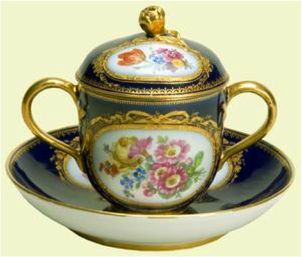 By Maria Depenweiller, P.H.Ec. It was likely that Christopher Columbus was the first European explorer who brought cacao beans to Europe, but it was not until the conquest of the Aztec empire by Cortez that cacao and chocolate gained popularity in Europe. Spaniards at that time had the monopoly on quite a number of goods imported from the New World, including chocolate. By the end of the 16th century drinking chocolate became a fashionable drink among the Spanish aristocracy.
In the beginning hot chocolate was prepared in a rather unsophisticated way – the cocoa beans were ground up and covered with hot water, with an addition of a small quantity of sugar. That gave quite a satisfying rich beverage. This is the way the Spanish were preparing their chocolate after the manner of the Aztecs. Northern Europeans found this way of preparation a bit too heavy and decided to adapt the drinking chocolate to local tastes and started adding other ingredients such as milk, sugar as well as vanilla, anise, rose water and ground nuts. Certain hot chocolate recipes even called for eggs. Special attention was given to the china, used to serve the chocolate. Two luxury items of that time – rich thick delectable chocolate and delicate rare and expensive porcelain were made for each other. No wonder artisans quickly came up with a very special way to serve a very special drink.
This cup came with two handles and was secure on the saucer with a special porcelain holder that prevented the spilling of the precious drink. As always, what is fashionable in the aristocratic circles eventually penetrates all other social classes and quite soon drinking chocolate gained popularity among the general public. This interest in the new drink sparked fashionable chocolate salons everywhere for people to socialize over a cup of the delicious drink (think of 17th century Starbucks). © Luciano Pedicini
Ontario Home Economics Association © 2013
0 Comments
Leave a Reply. |
The Ontario Home Economics Association, a self-regulating body of professional Home Economists, promotes high professional standards among its members so that they may assist families and individuals to achieve and maintain a desirable quality of life. Categories
All
Archives
April 2024
|
|
Subscribe to our mailing list
|
|
Unsubscribe from our mailing list
|
Copyright © 2023 Ontario Home Economics Association (OHEA). All Rights Reserved.
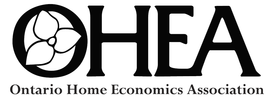
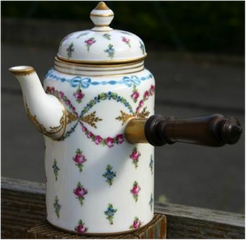
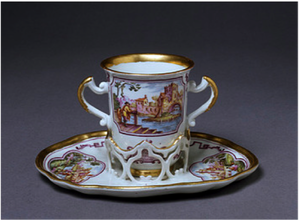
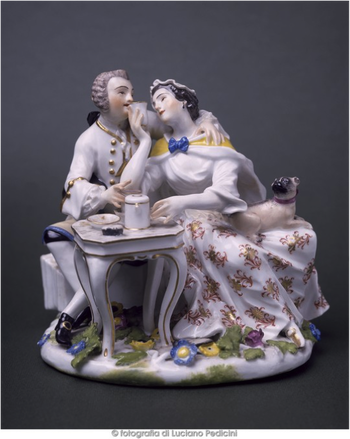
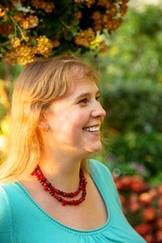

 RSS Feed
RSS Feed